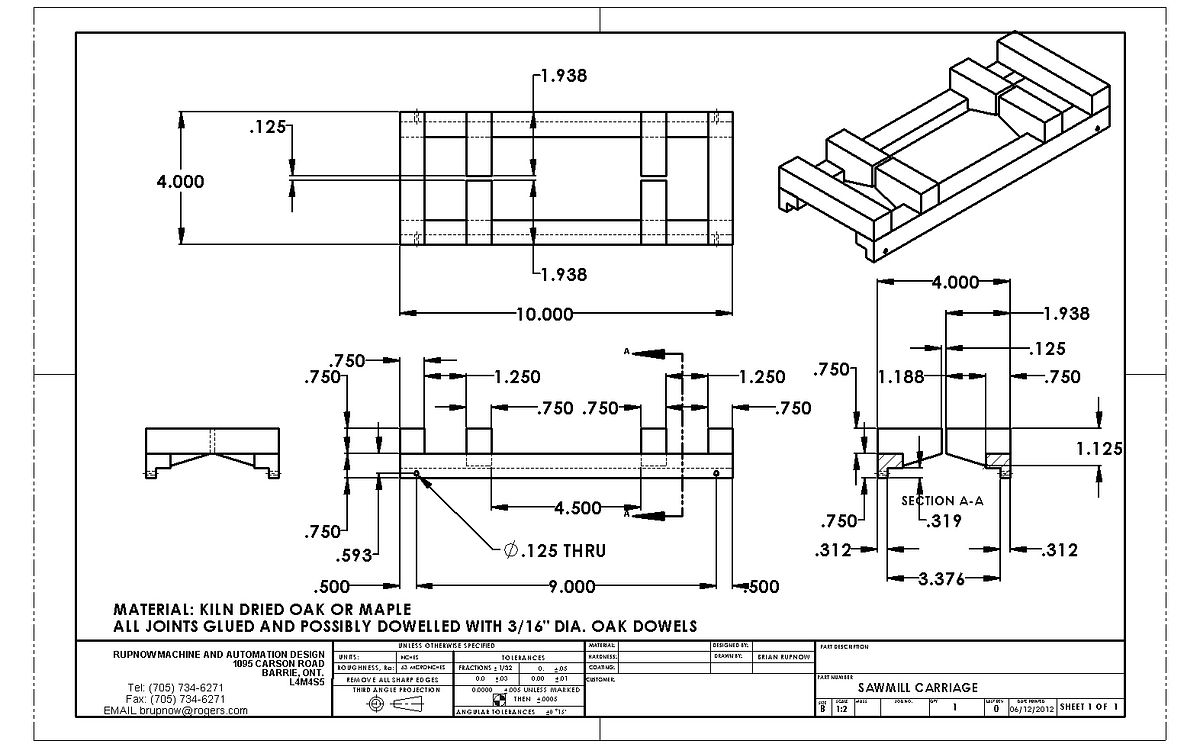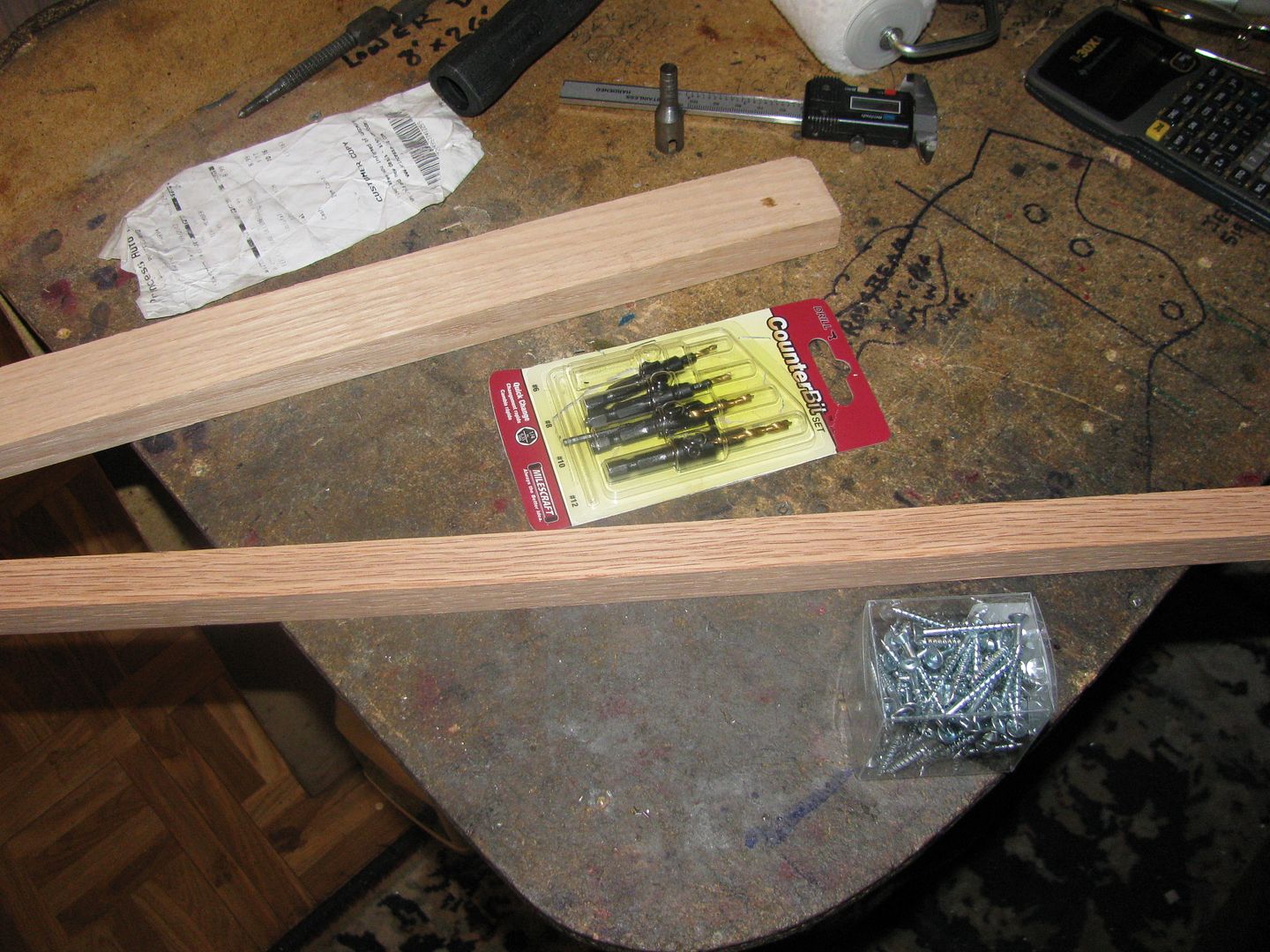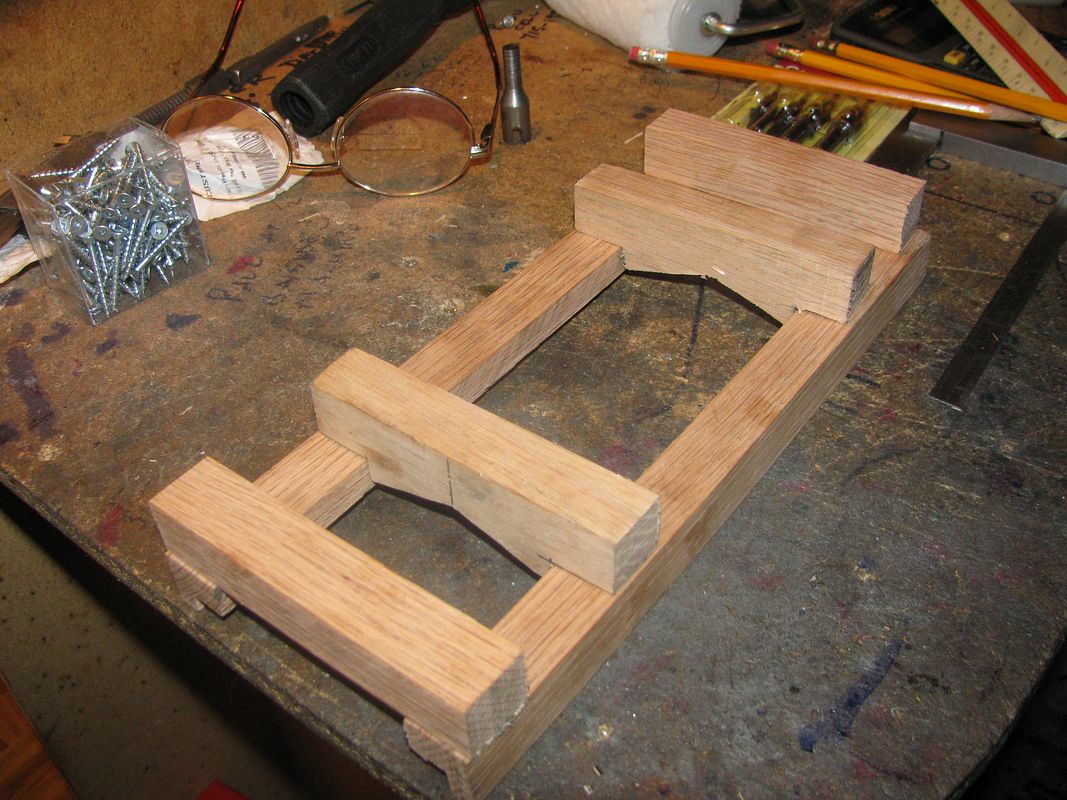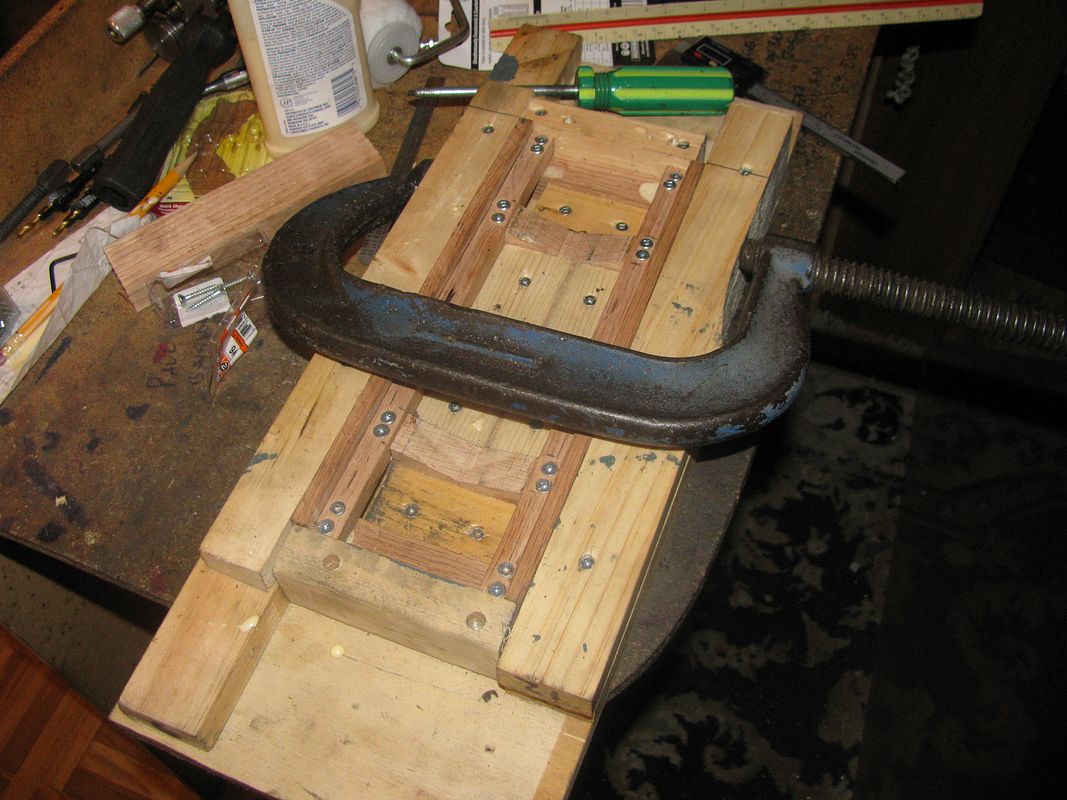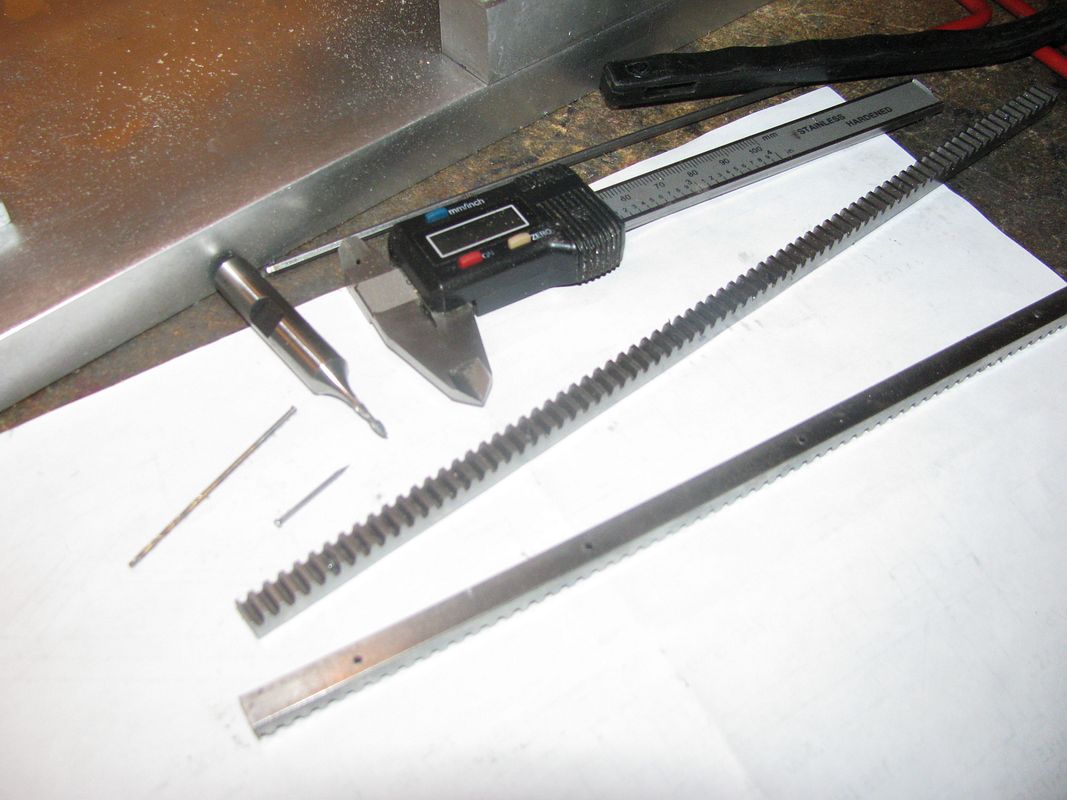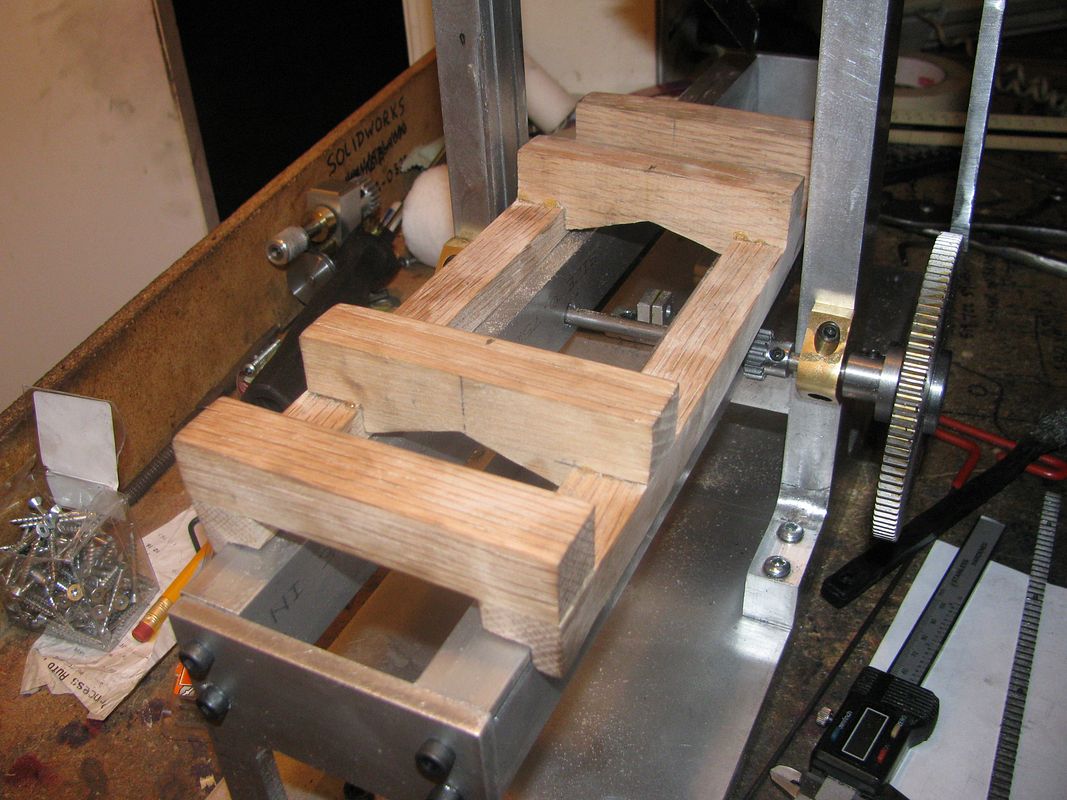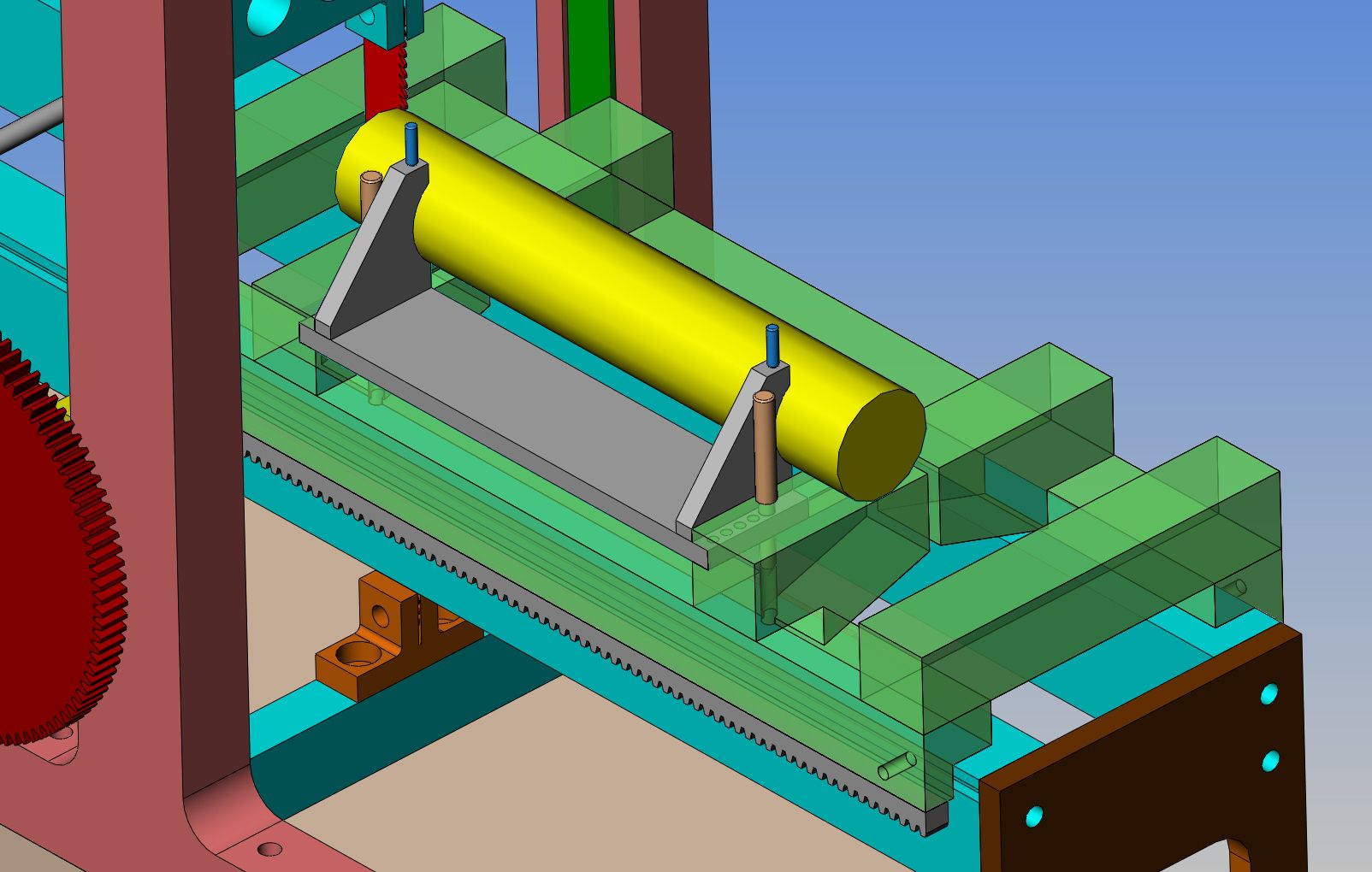I went back thru my engine files, and I was mistaken about bore size. The Kerzel hit and miss is the smallest, at 0.75" bore. The Webster is larger, at .875" bore, and the Atkinson is the largest, at 1" bore. For the (very brief) time that I had the Atkinson engine running the sawmill this afternoon, it was really wailing away with no apparent strain on the engine. The Webster seemed to be working fairly hard. Now that I know that my Kerzel hit and miss engine is the smallest bore of the lot, I may have to rethink which engine I will run the sawmill with. The Atkinson is just a funky enough engine that it would have great eye appeal when set up to run the sawmill, and no lack of power either. Since both the cylinder and the piston on the Atkinson are made of grey cast iron, I don't know if the threat of overheating is real or not. The other thing is, I don't plan on going into the sawmilling business, so to start the engine and run it for 15 to 20 minutes at a stretch to saw a log may not be that big an issue.


